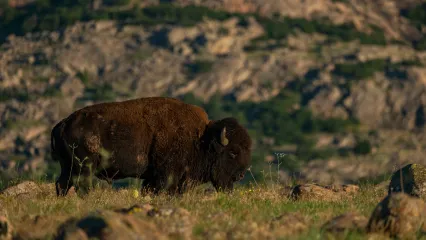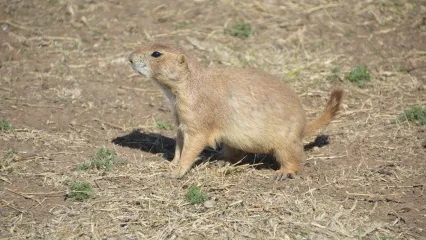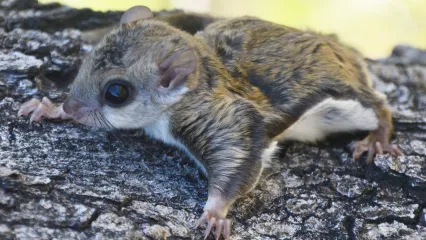
Description
The American bison, often mistakenly referred to as the buffalo, is the largest mammal in North America. Bison are covered in long, shaggy, thick dark-brown fur during winter, and a thinner, lighter-brown coat during summer. Newborn calves have reddish fur, giving them their nickname “red dogs.” Their fur turns light brown after a few months. Bison have two sharp horns that can grow up to 2 feet in length. They have a large hump on their back made of muscle that helps them use their large heads to push masses of snow out of their way. The average lifespan of a bison in the wild is 10 to 20 years. Cows start to breed around age 2.
Despite their huge bodies, American bison are very agile. They have the ability to spin around quickly and can jump up to 6 feet vertically. When they charge, they can reach speeds up to 40 mph. One fun fact about the bison is that its tail can indicate if it is ready to charge. If the tail is hanging down naturally, charging is unlikely. But if the tail is standing straight up, the bison could be ready to charge.
American Indians and early European settlers learned that bison are very difficult to domesticate, and their large bodies and quickness made them dangerous to be near.
In 2016, President Barack Obama made the American bison the first national mammal of the United States. Once numbering up to 50 million, bison were found nearly everywhere in large, vast numbers across America. But by 1890, market hunting had reduced the population to less than 1,000. In 1905, William T. Hornaday and Theodore Roosevelt created the American Bison Society to try to save this animal from extinction. The Bronx Zoo and Yellowstone park also played important roles in bison conservation efforts. In 1908, the federal government established the National Bison Range in Montana. Due to conservation efforts and commercial breeding, bison now number about 500,000.
Size
A male bison, called a bull, can stand up to 6 feet tall, weigh from 1,000 to 2,000 pounds, and can be up to 12 feet in length. The heaviest wild bull recorded weighed about 2,800 pounds. A female bison, called a cow, tends to be much smaller, averaging about 1,000 pounds in weight.
Life Cycle
Female bison usually stick together in a herd while male bison will go off on their own or join other male bison in their own herd. The two herds will join during the mating season, which usually occurs between July and September. Dominant bison mate first, and their calves will enjoy a better food supply and the possibility to grow larger. Gestation lasts for around 285 days, and a newborn calf will usually nurse until the next calf is born. Calves will stay with the female herd. Male calves will usually leave after about three years.


